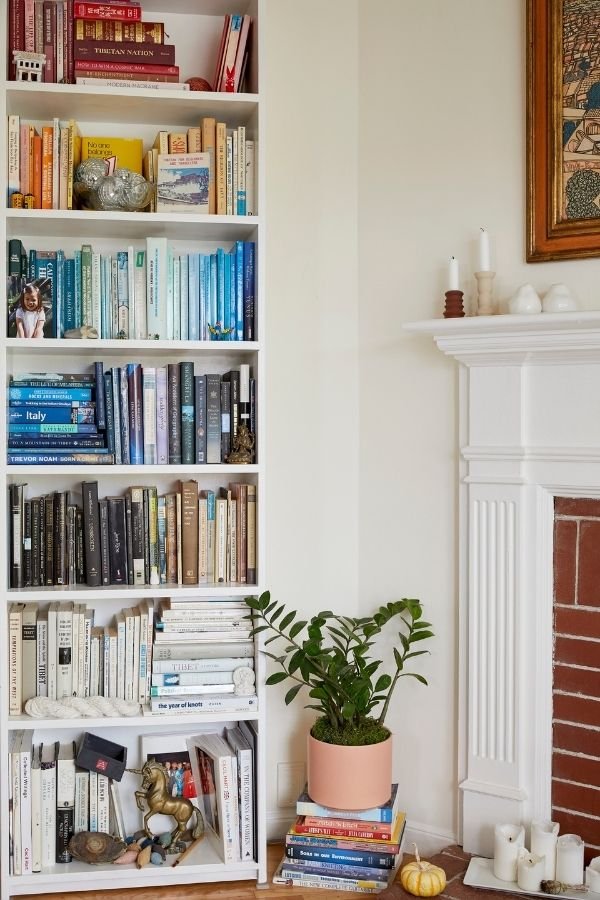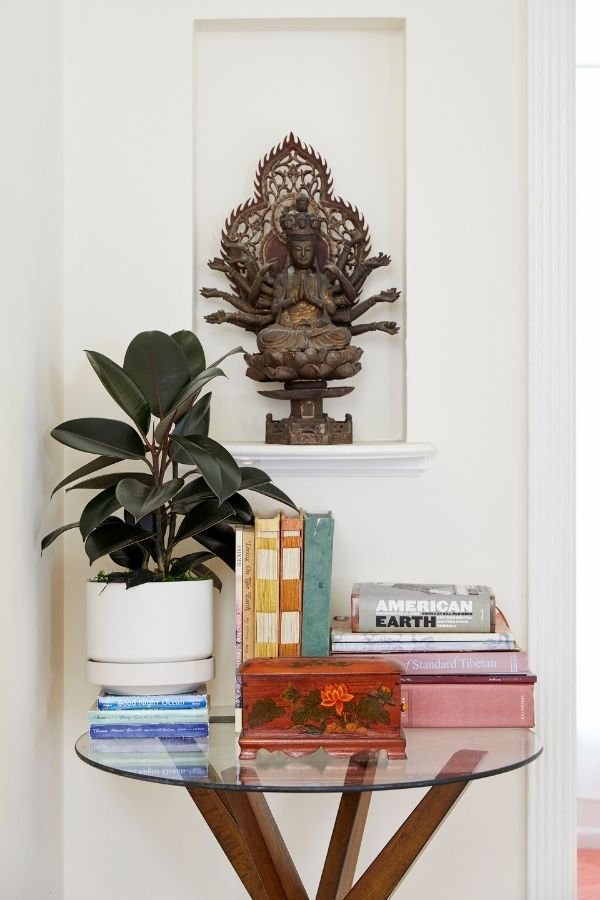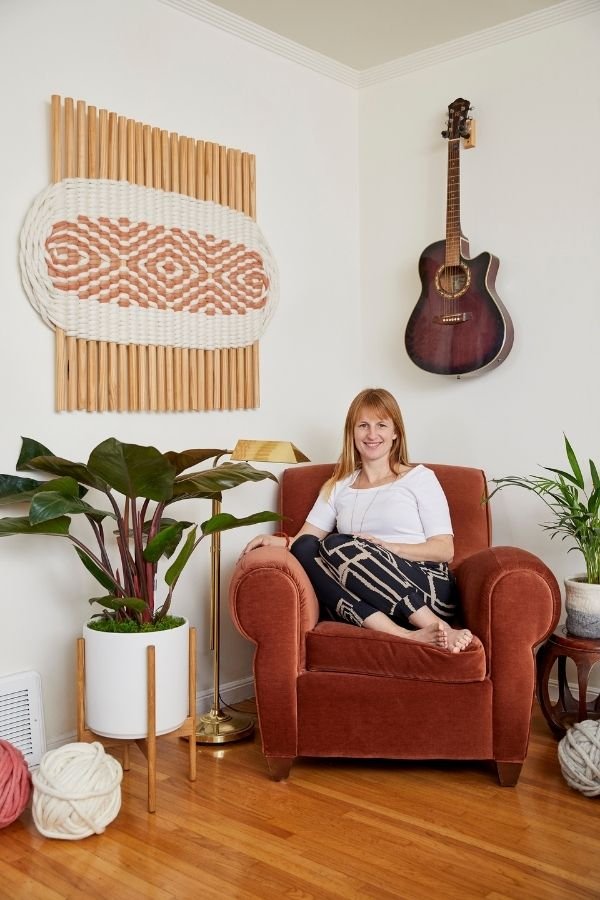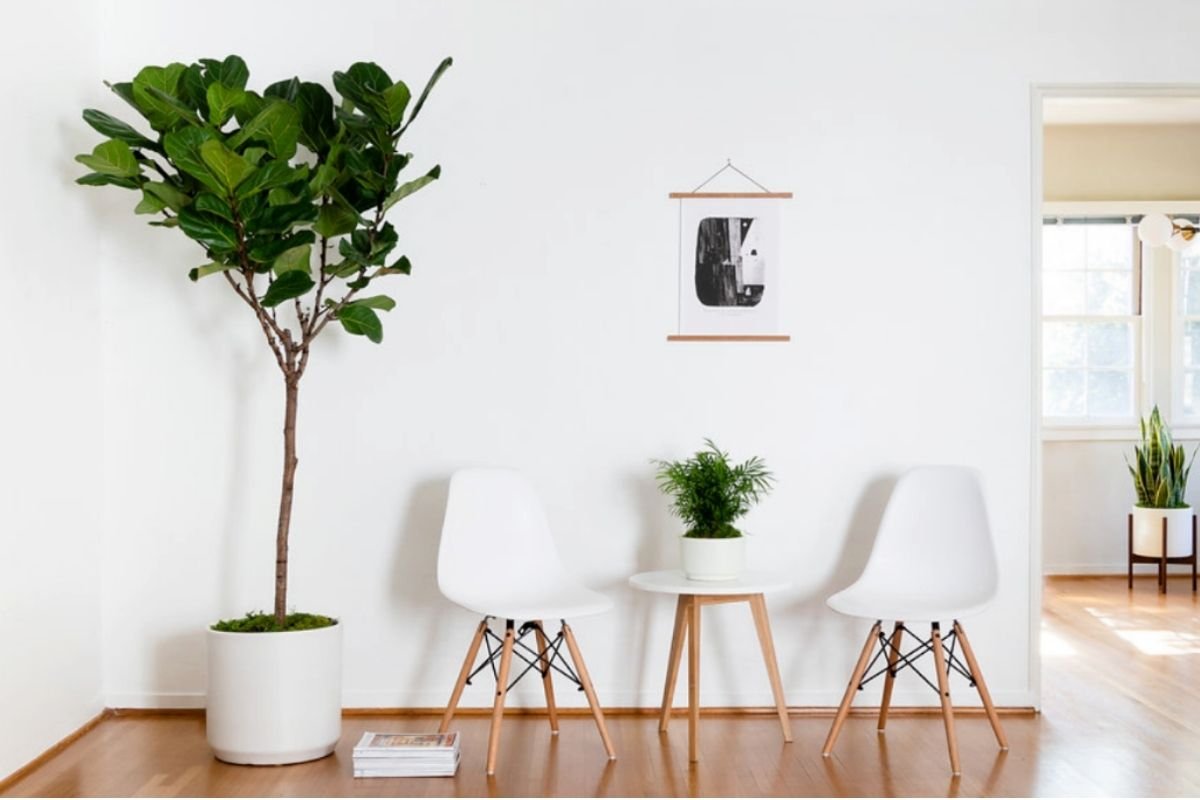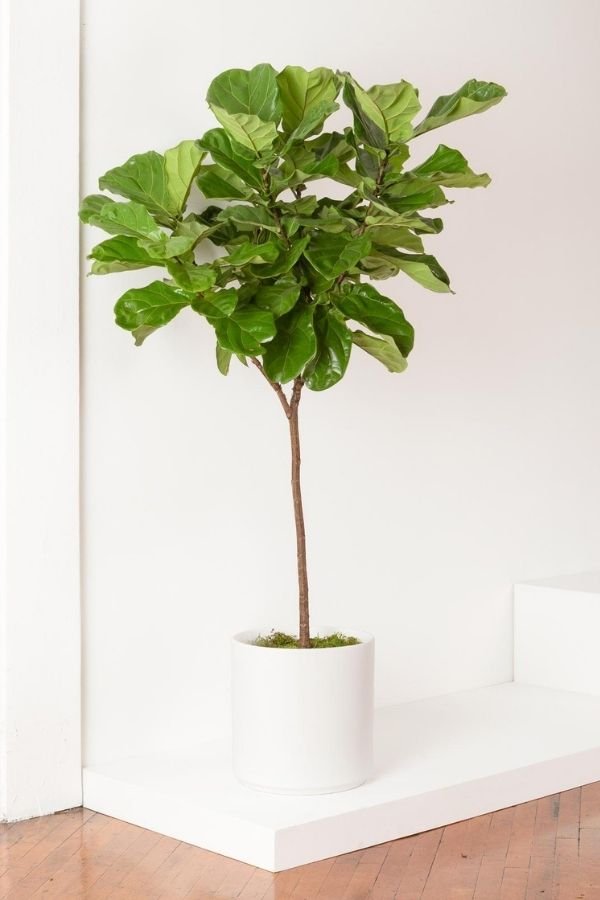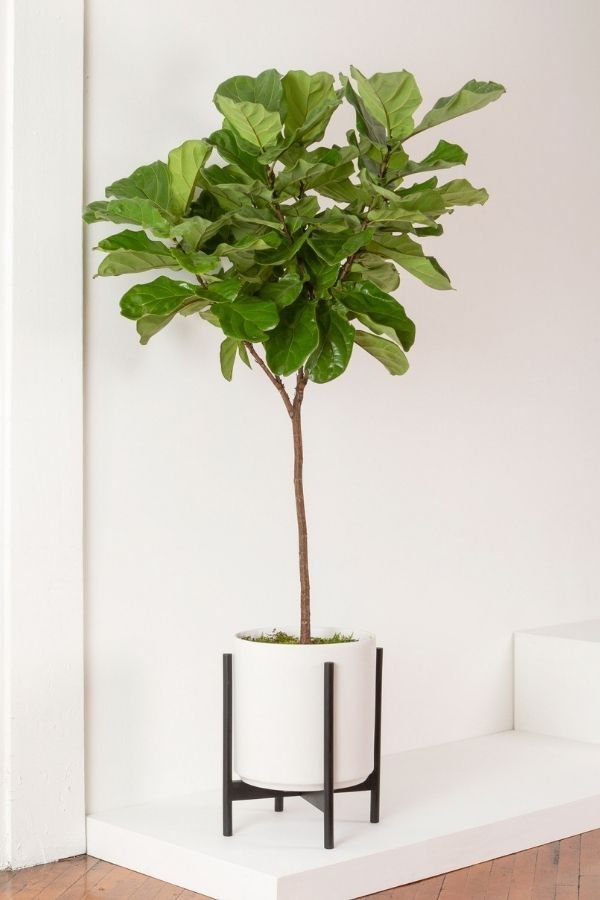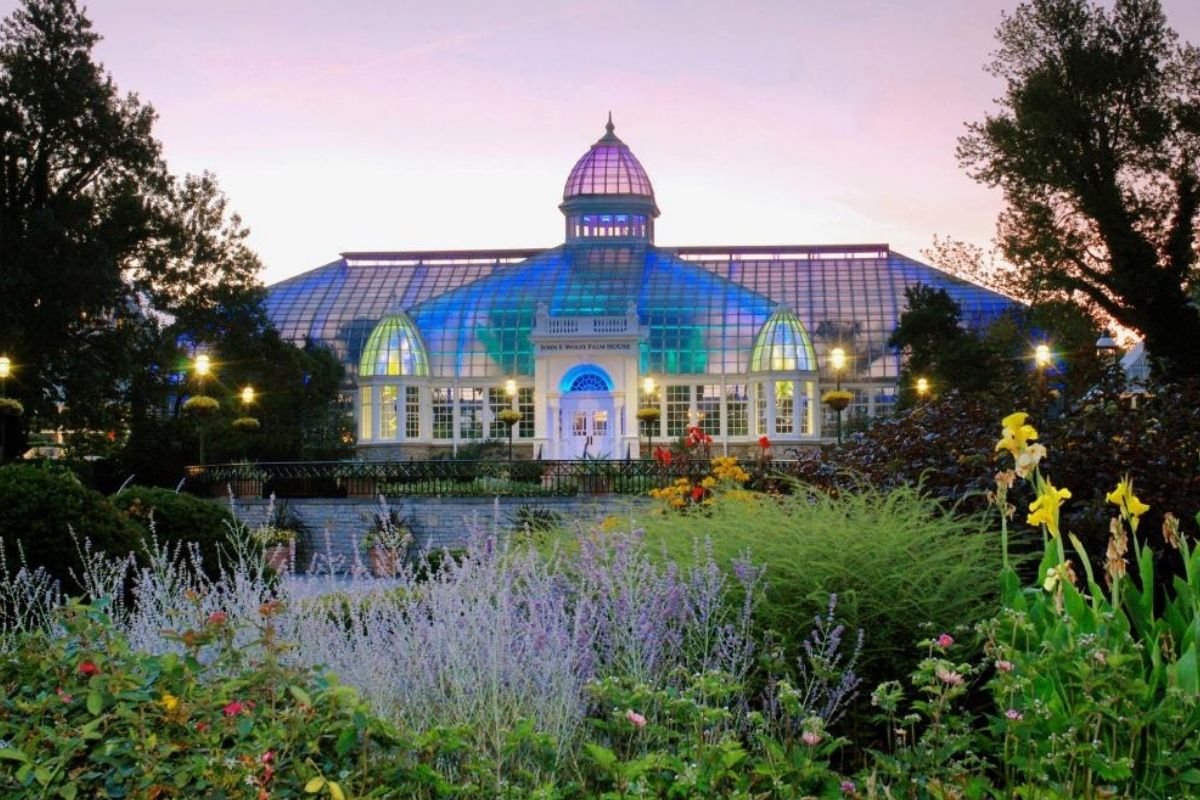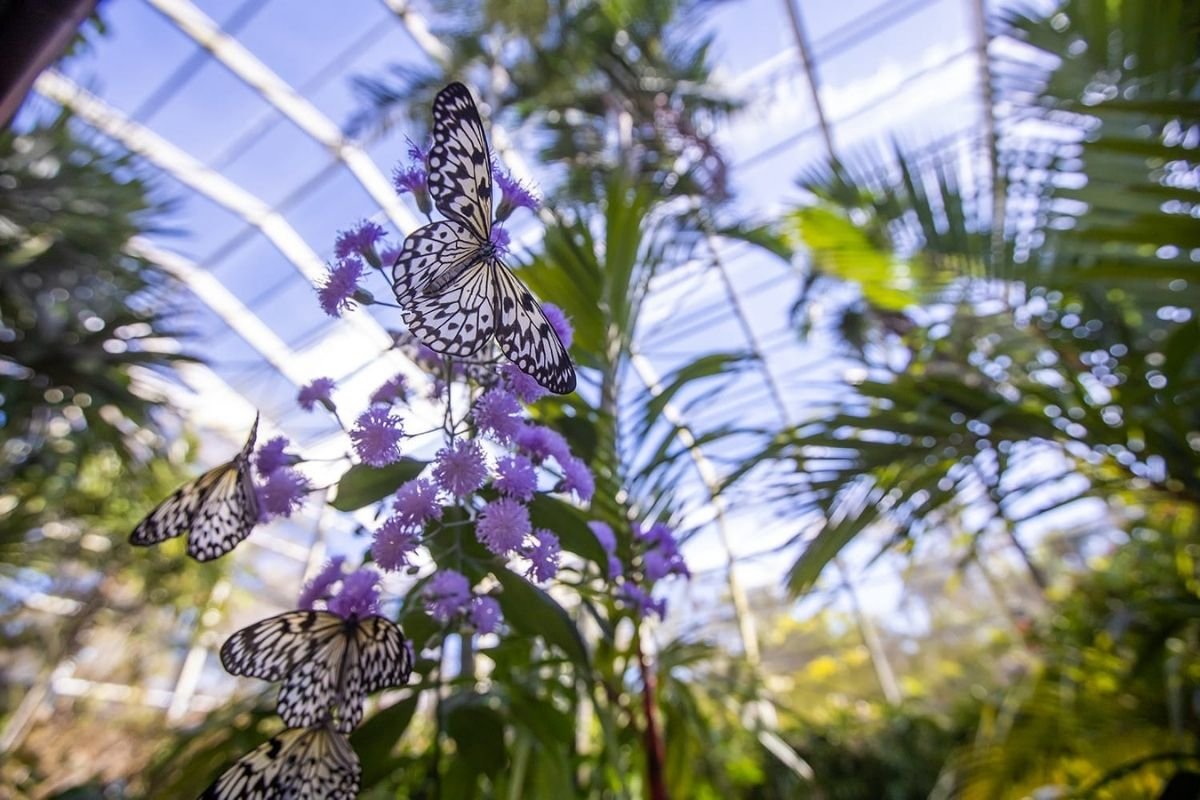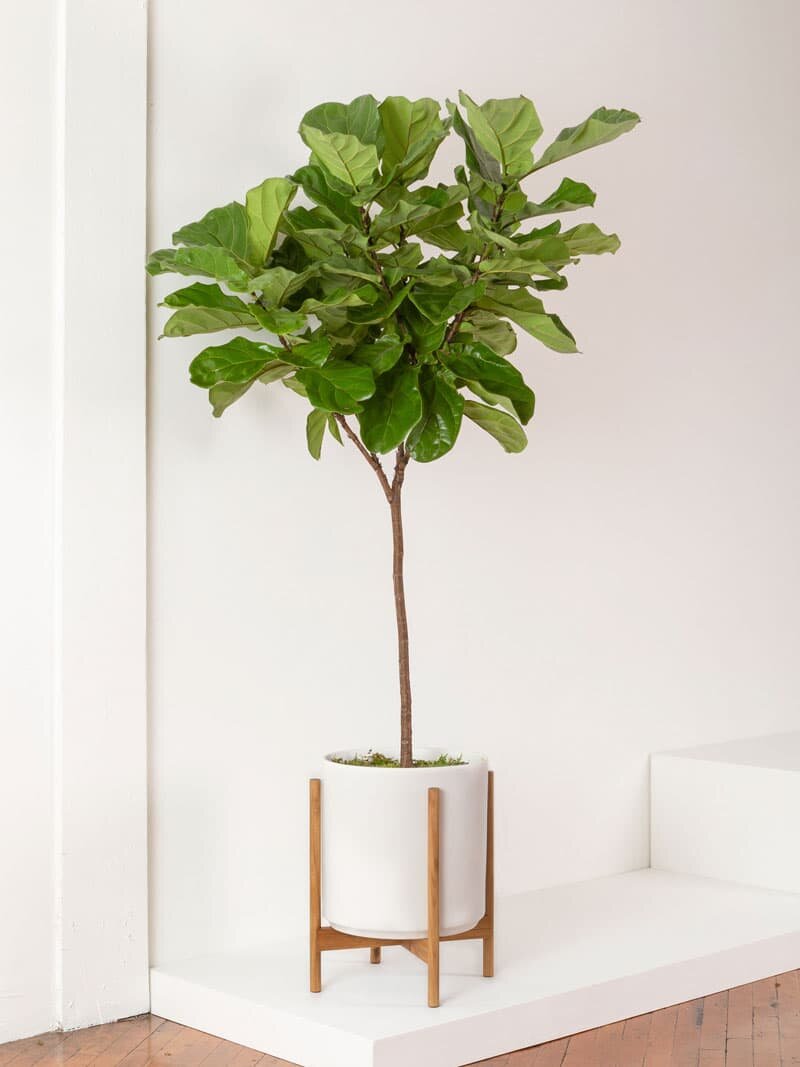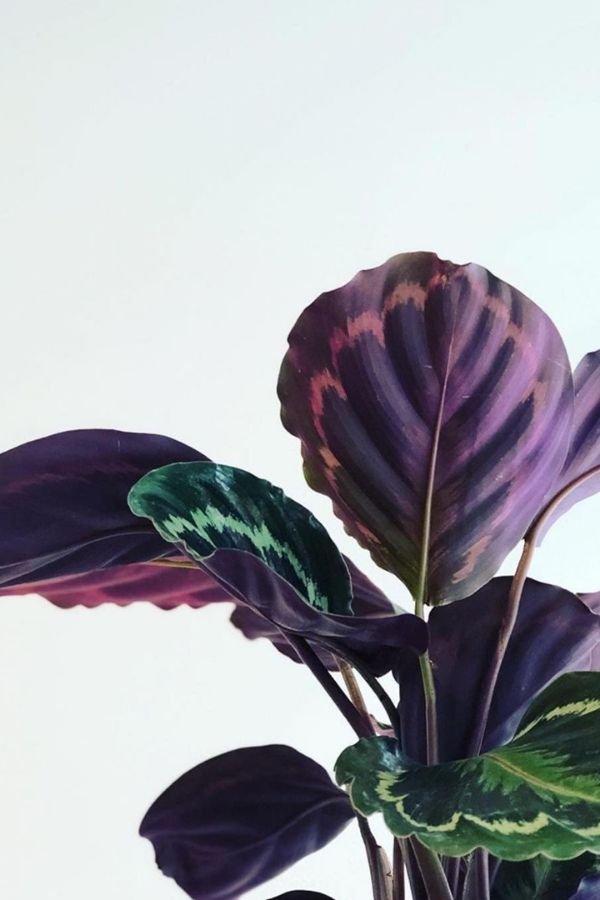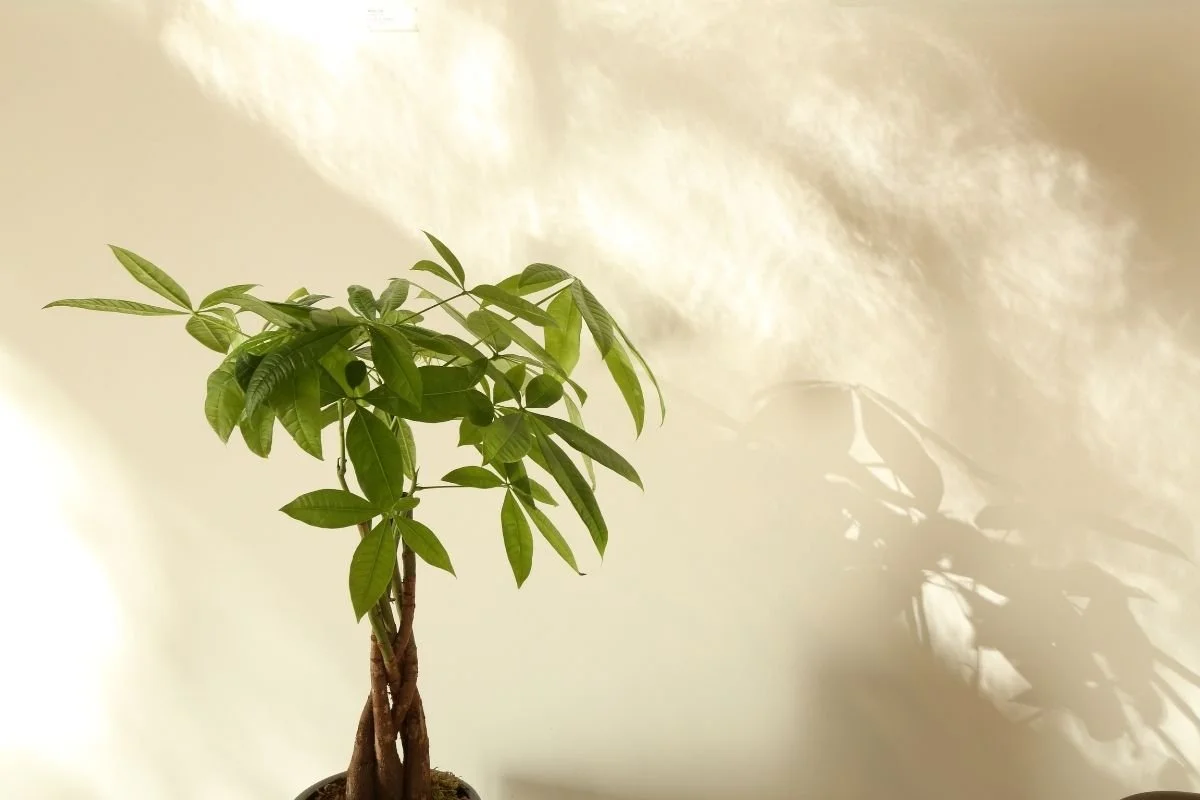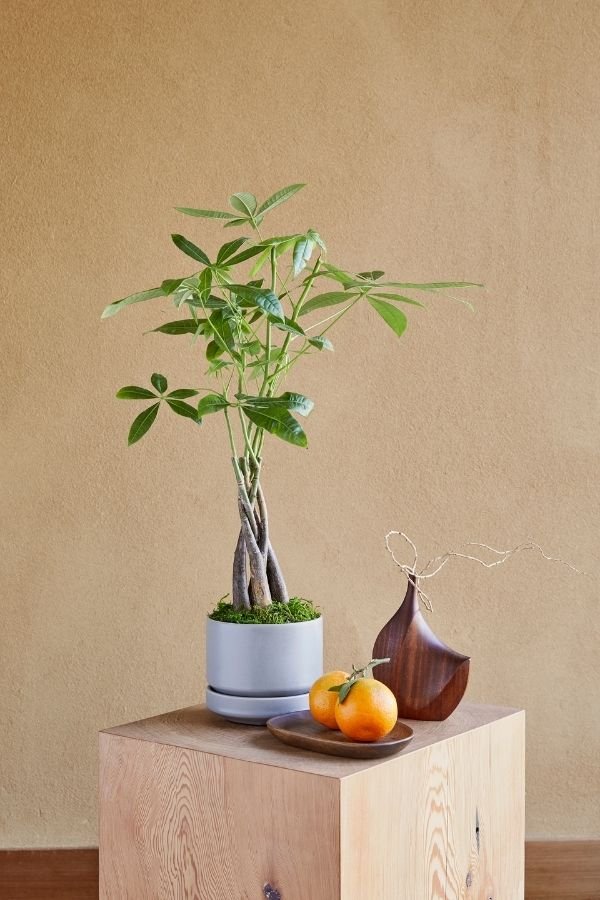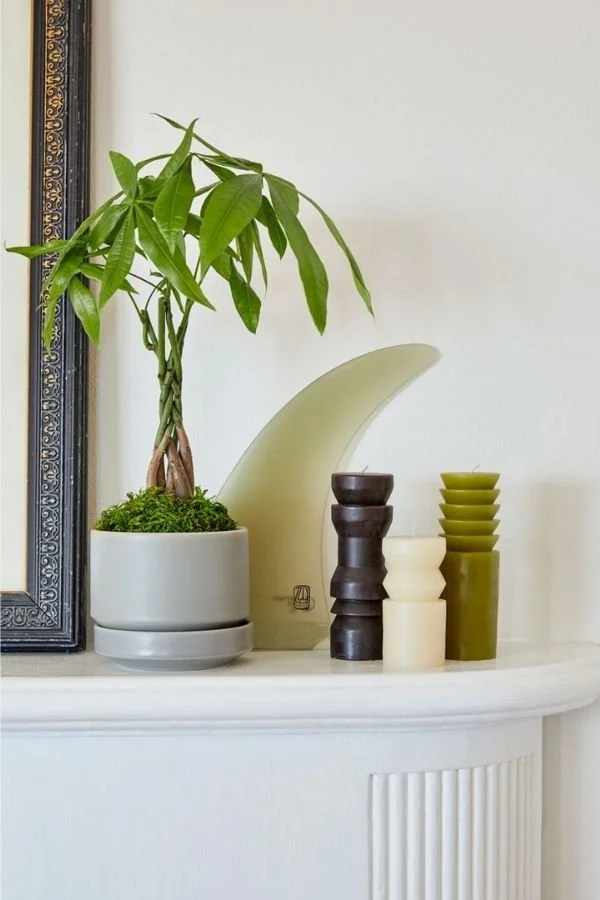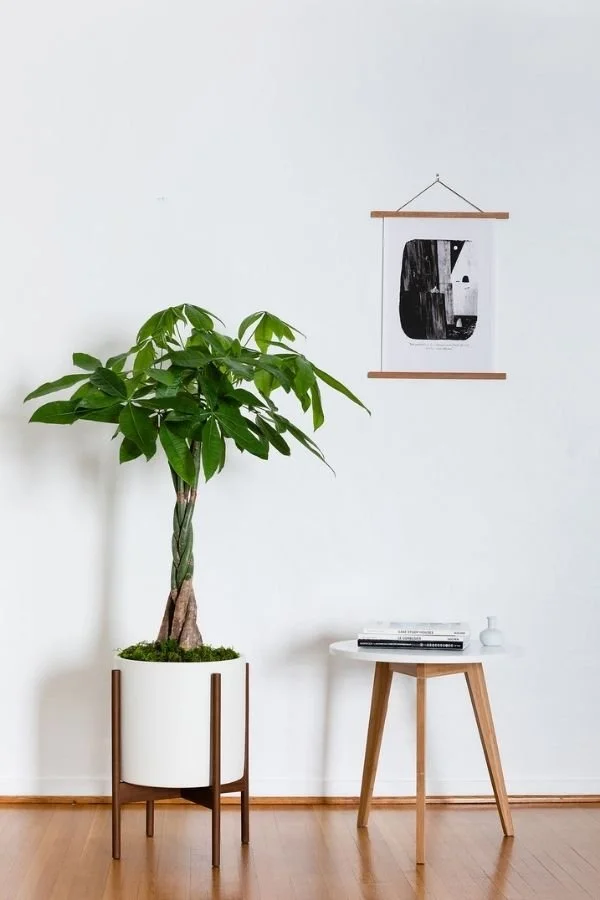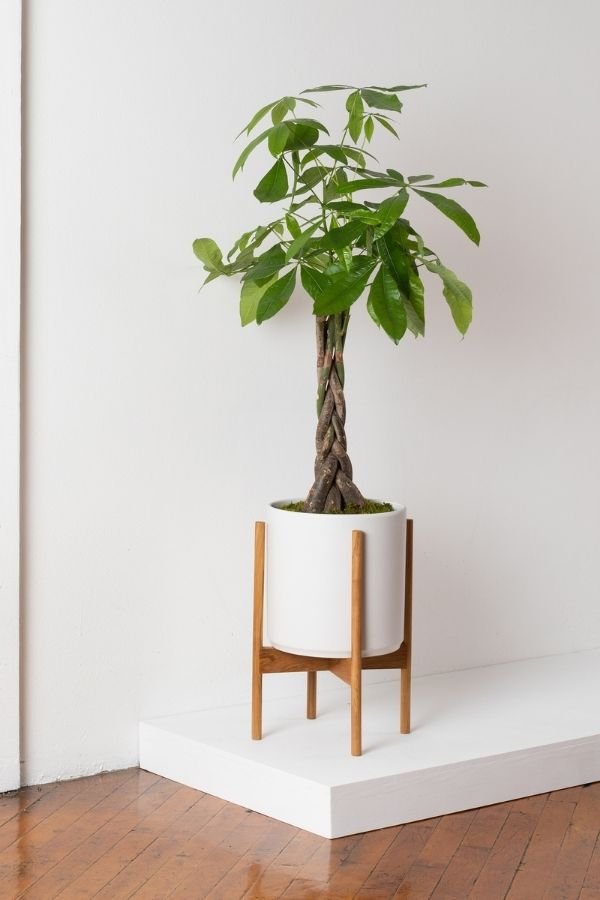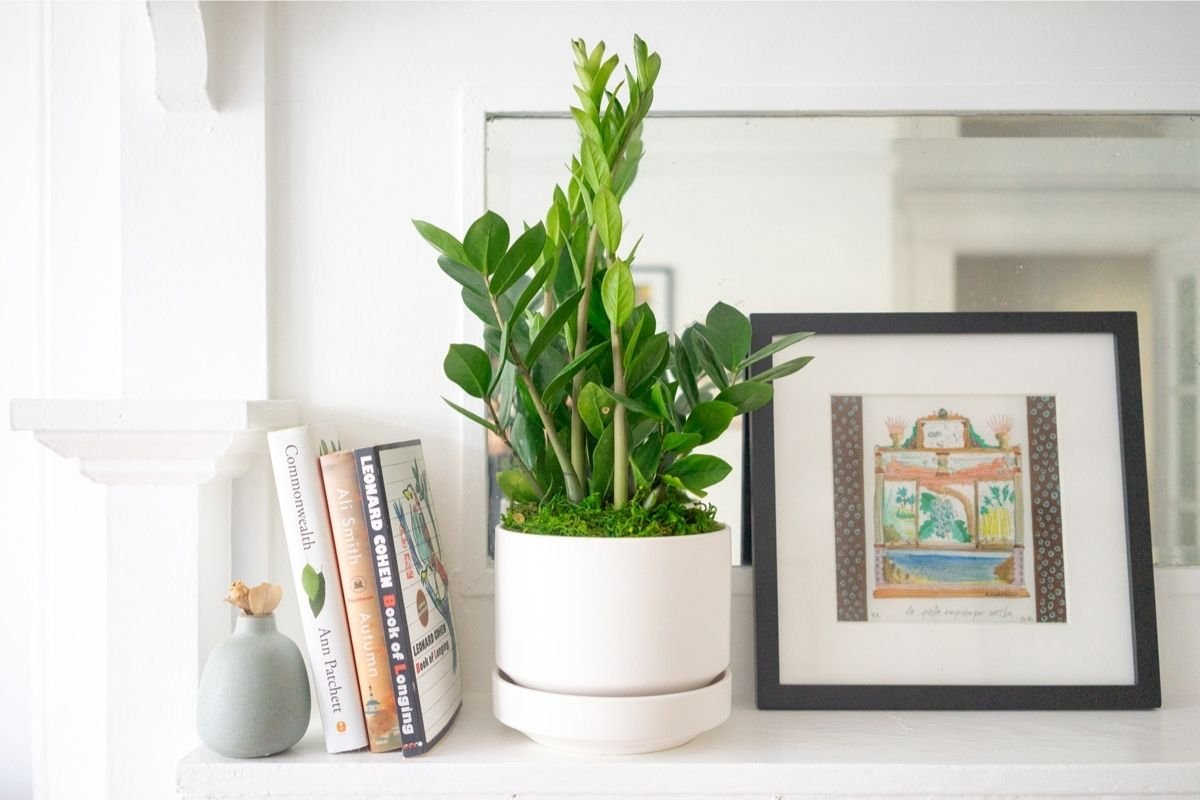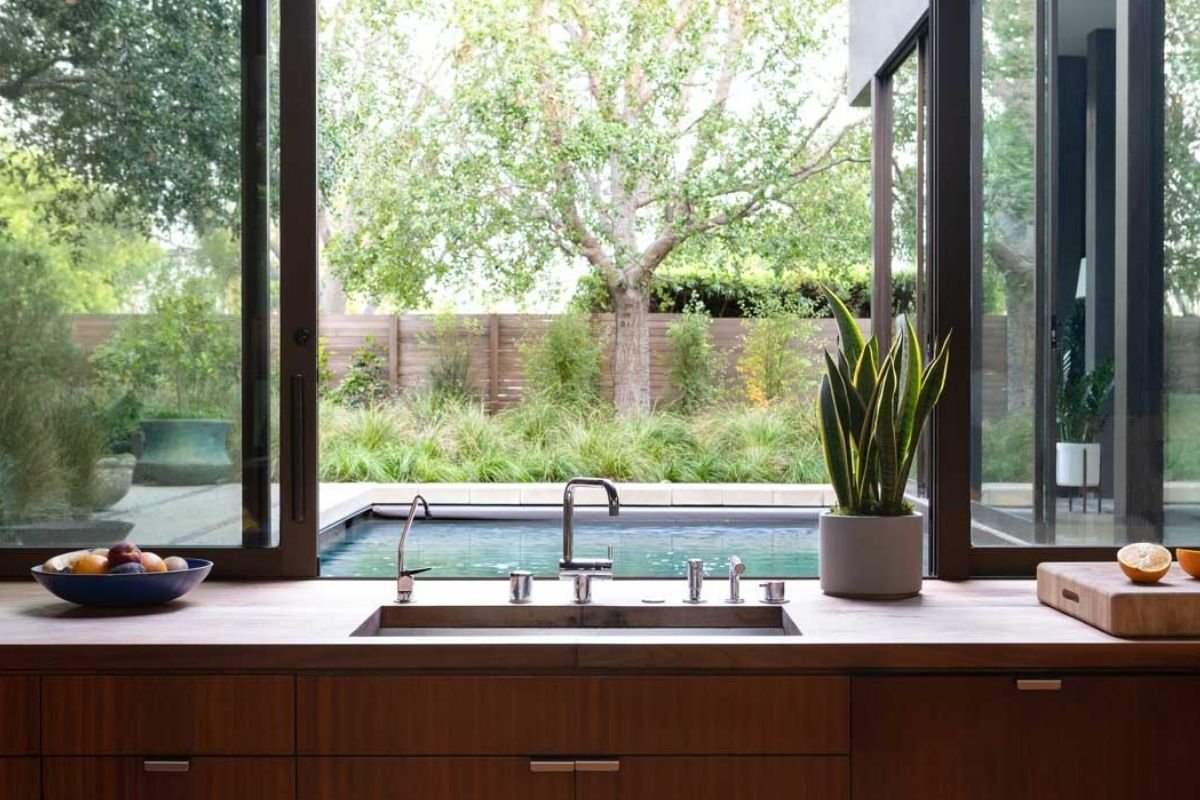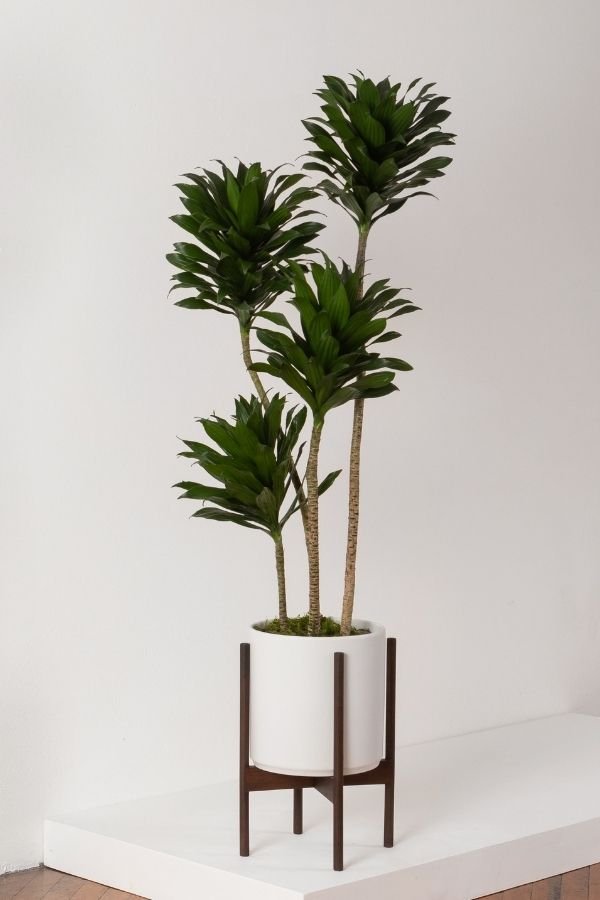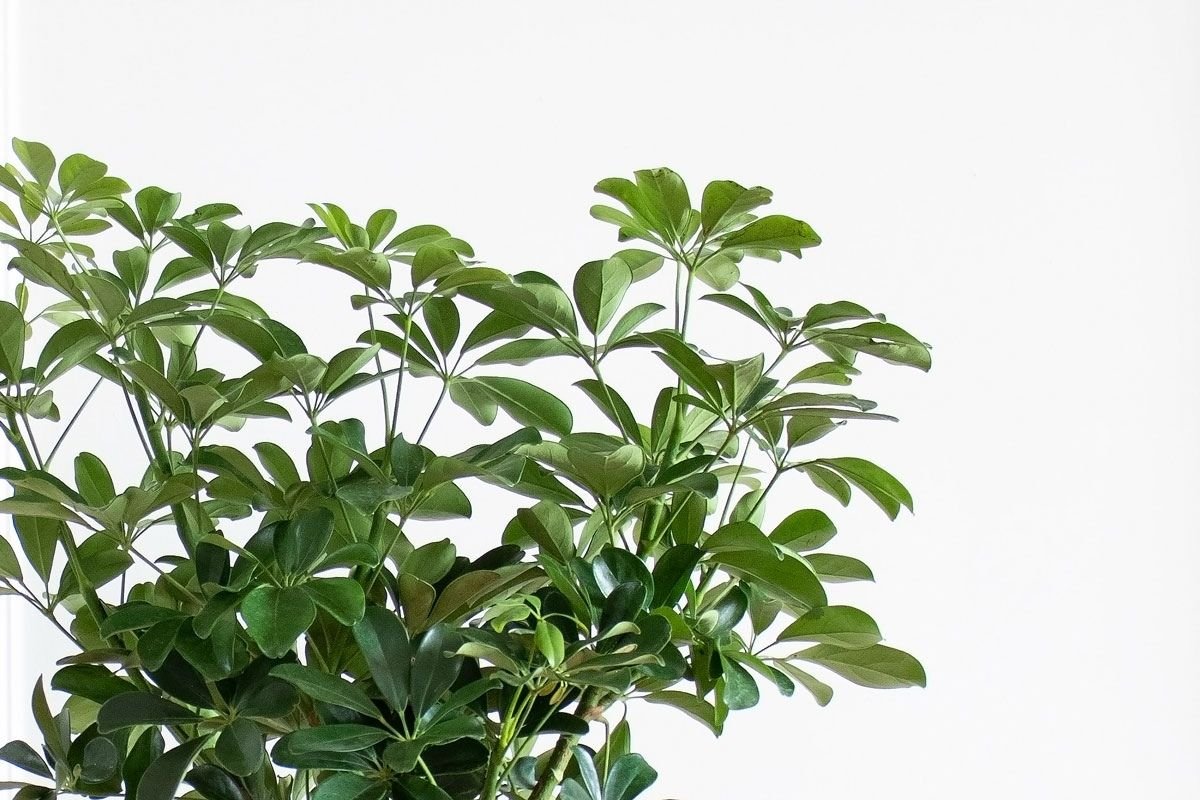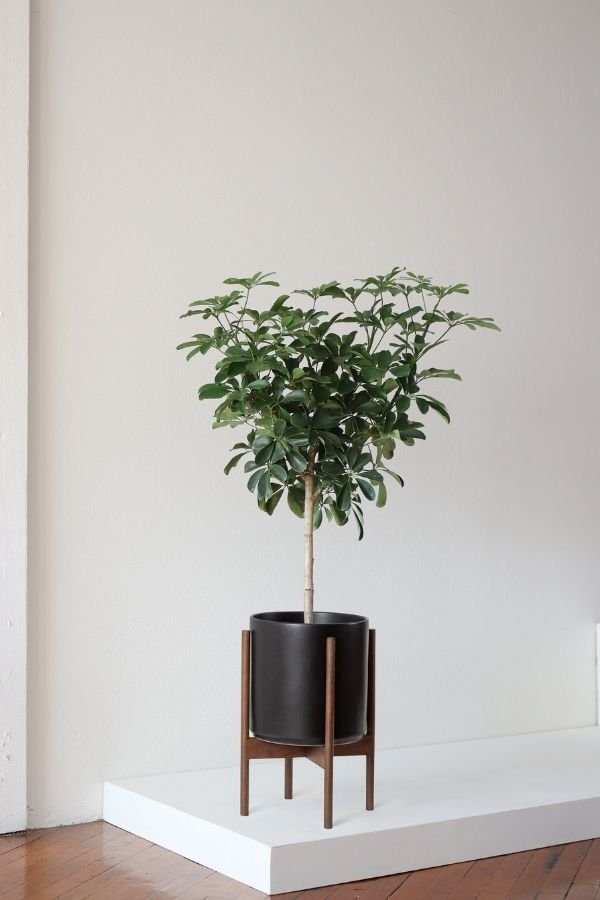Avoid Purchasing Your Schefflera From A Garden Center
Buying a new statement plant for your home is a big investment of both money and time, and we know that attractively low prices are just that: attractive. But seasoned plant parents and horticulturalists alike will tell you the same thing: when it comes to living plants, you will get what you pay for. You can save yourself a world of trouble by opting for a premium plant from the get-go. Buying a Schefflera Tree from a trusted source ensures that your new plant is primed with all it needs for a lifetime of strong growth and beautiful health. Premium growers tailor the care of each plant to the species’ particular needs, treat and prevent pests prophylactically, and source plants of a higher quality than garden centers and home improvement stores.
It’s important to consider that the quality of the plants purchased from a garden center will reflect their low price. Purchasing a premium plant ensures that your plant is in great health from the start- and we promise, it pays off quickly. Treating an ailing plant can be costly, time-consuming and stressful.
Transportation is another important aspect to consider when you decide where to buy your new Schefflera tree. Transporting a large plant in your vehicle- especially one with a bountiful, diffuse canopy, like a Schefflera, can result in structural damage from the plant being jostled. And because Scheffleras are sensitive to drafts, it’s especially important to avoid placing the plant within the vicinity of forced air from a car’s A.C. or vents. All living plants are delicate and can be stressed by transit.
As you prepare to buy your new Schefflera, plan on sourcing your plant from a premium supplier. Suppliers that offer doorstep delivery, or packaging that is specifically engineered for the transport of plants, are always your best bet. When you buy from a supplier that offers these services, you reap the benefit of their expertise, and can bypass any negative effects that might result from improper care or transportation.
Even The Healthiest Schefflera Can Experience Stress From Time To Time
With appropriate water and light, your Schefflera tree is going to do beautifully- we guarantee it! But all living plants can experience periods of stress, or ailments beyond your control. Any plant can suffer from a fluctuation in its health despite your best efforts, and it’s during times like these that having the support of a responsive team of knowledgeable professionals makes a world of difference.
Every plant purchased from Léon & George includes lifetime access to our Plant Doctor service: our team of horticulturalists with decades of experience growing and caring for plants. Our Plant Doctors are here to assess your plant’s health and growth, provide tips and treatment plans, and and to offer supportive guidance as you green up your space. And no fees are required- the Plant Doctor service is just one way we work to ensure that every plant we sell is designed to thrive.
We’ve compiled a list of common problems that Scheffleras can face and helpful guidance for assessing your plant’s health. Happy plant parents are the key to our success! Click here to learn more about how to care for and grow your Schefflera.
Even The Healthiest Schefflera Can Experience Stress From Time To Time
With appropriate water and light, your Schefflera tree is going to do beautifully- we guarantee it! But all living plants can experience periods of stress, or ailments beyond your control. Any plant can suffer from a fluctuation in its health despite your best efforts, and it’s during times like these that having the support of a responsive team of knowledgeable professionals makes a world of difference.
Every plant purchased from Léon & George includes lifetime access to our Plant Doctor service: our team of horticulturalists with decades of experience growing and caring for plants. Our Plant Doctors are here to assess your plant’s health and growth, provide tips and treatment plans, and and to offer supportive guidance as you green up your space. And no fees are required- the Plant Doctor service is just one way we work to ensure that every plant we sell is designed to thrive.
We’ve compiled a list of common problems that Scheffleras can face and helpful guidance for assessing your plant’s health. Happy plant parents are the key to our success! Click here to learn more about how to care for and grow your Schefflera.

















